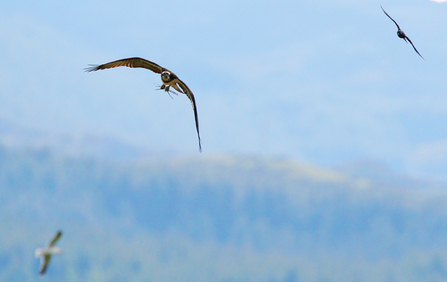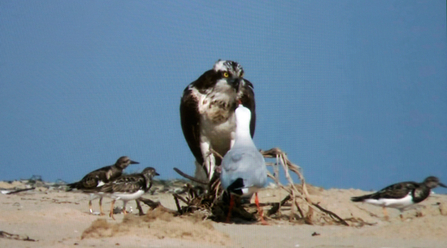Last Friday's BBC Autumnwatch programme marked the end of the Dyfi osprey set of films, and what an end it was. Having followed the young ospreys from when they were literally just a few minutes old on Springwatch in June, what a fitting finalé we had when Roy Dennis, the maestro conservationist with over 50 years experience with ospreys, finally managed to track Einion down with just moments left before heading back for the airport and home.
For the last 100 years, bird ringing has taught us so much about avian behaviour and migration. The information we learn can then be applied and help us protect those birds. Satellite tracking is a very new science and the technology has only been around for the last few years, but it has already started to give us information we could only dream and guess about just 10 years ago. Migration routes, journey times, altitudes, speed, stop-over points and, of course, wintering areas. Did you see the faces of those three African guides on the boat with Roy when they found Einion?
Satellite tracking opens up new doors. We can link people that live thousands of miles from each other and through education, learning, and working together, can ultimately better conserve and protect ospreys and other animals. The Rutland Water team have already began an ambitious West African Project doing exactly this, engaging with people and schools in Gambia and Senegal, sharing the information learnt with each other.


